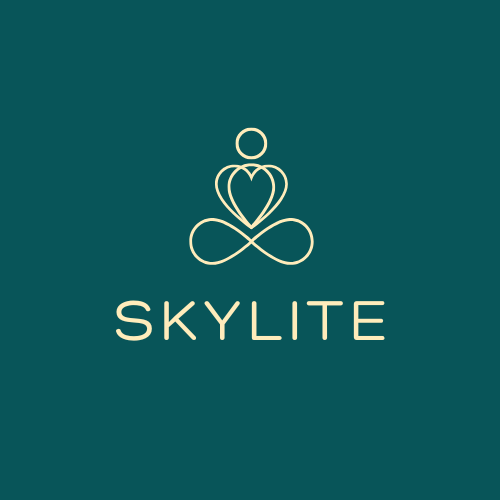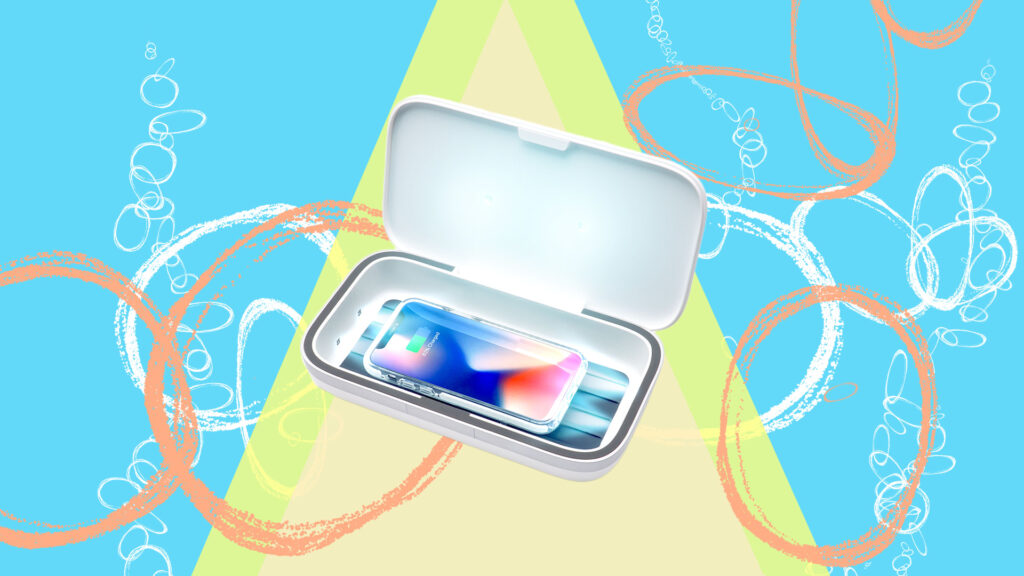Blog
How UV Sanitizers Keep Your Health Devices Germ-Free
In a world where hygiene and cleanliness have taken center stage, keeping health devices free of germs has never been more important. UV sanitizers have emerged as a highly effective solution for sterilizing personal health gadgets like smartwatches, fitness trackers, earphones, and more. These devices use ultraviolet (UV) light to kill bacteria, viruses, and other pathogens, ensuring your health devices remain clean and safe to use.
In this guide, we’ll explore how UV sanitizers work, their benefits, and why they’re essential for maintaining germ-free health devices.
1. What Are UV Sanitizers?
UV sanitizers are devices that use ultraviolet light to disinfect and sterilize surfaces. They are designed to kill microorganisms by disrupting their DNA or RNA, rendering them unable to reproduce and causing them to die off.

Key Features of UV Sanitizers:
- Non-Toxic: Chemical-free sterilization method.
- Quick Disinfection: Most devices sanitize within minutes.
- Compact Design: Portable models for use at home, work, or travel.
- Versatile Use: Compatible with various devices like phones, earbuds, and wearables.
2. How UV Light Kills Germs
UV sanitizers utilize UV-C light, a specific wavelength (200–280 nanometers) of ultraviolet light, to kill microorganisms. This wavelength is highly effective at penetrating the outer structure of bacteria and viruses, breaking down their genetic material and rendering them harmless.
Why UV-C Light Is Effective:
- Targets a broad range of germs, including bacteria, viruses, and fungi.
- Reaches nooks and crannies where traditional cleaning methods might miss.
- Works without requiring liquid cleaning agents or wipes, which may damage sensitive devices.
3. Health Devices That Benefit from UV Sanitization
Many health gadgets come into direct contact with skin, sweat, and surfaces, making them prone to contamination. UV sanitizers are ideal for keeping these devices germ-free:
1. Smartwatches and Fitness Trackers
- Accumulate sweat, dirt, and bacteria during workouts.
- UV sanitizers can clean hard-to-reach crevices without damaging the device.
2. Earbuds and Headphones
- Contact with the ears and frequent handling makes them a breeding ground for germs.
- UV sanitizers eliminate bacteria that can cause ear infections.
3. Smartphones
- Touched frequently and often placed on unclean surfaces.
- UV sanitizers can disinfect without risking water damage.
4. Blood Pressure Monitors and Glucometers
- Used regularly and may harbor germs if shared between users.
- UV light ensures cleanliness without chemical exposure.
5. CPAP Machines and Respiratory Devices
- Essential for users with respiratory conditions, these devices must remain germ-free.
- UV sanitizers are a safe, chemical-free way to disinfect CPAP masks and tubing.
4. Benefits of UV Sanitizers for Health Devices

1. Chemical-Free Cleaning
UV sanitizers provide a non-toxic alternative to harsh cleaning chemicals, which can damage sensitive electronics.
2. Comprehensive Germ Elimination
UV-C light kills up to 99.9% of bacteria and viruses, including common pathogens like E. coli, staphylococcus, and influenza viruses.
3. Gentle on Devices
Unlike wipes or sprays, UV light won’t scratch screens or damage water-sensitive components.
4. Quick and Convenient
Most UV sanitizers complete their cycle in 3–10 minutes, making it easy to incorporate into daily routines.
5. Environmentally Friendly
By reducing the need for disposable wipes or cleaning agents, UV sanitizers promote sustainable hygiene practices.
5. How to Use a UV Sanitizer
Using a UV sanitizer is straightforward, but following the correct steps ensures optimal results:
- Clean the Surface:
- Remove visible dirt or debris from the device before sanitizing.
- Place the Device Inside:
- Ensure the device is positioned so UV light reaches all exposed surfaces.
- Close the Lid:
- UV light is harmful to the eyes and skin, so always operate the sanitizer with the lid closed.
- Run the Cycle:
- Start the UV sanitization cycle, which typically lasts 3–10 minutes.
- Remove and Use:
- Once the cycle is complete, your device is germ-free and ready for use.
6. Top UV Sanitizers on the Market
1. PhoneSoap 3
- Features:
- Fits most smartphones and small accessories.
- Dual UV-C bulbs for comprehensive coverage.
- Built-in USB port for charging devices while sanitizing.
- Best For: Smartphones and smaller health gadgets like earbuds or fitness trackers.
2. HomeSoap UV Sanitizer
- Features:
- Large capacity for multiple devices, including tablets and wearables.
- Kills 99.99% of germs in 10 minutes.
- Sleek design for home use.
- Best For: Families or users with larger devices like blood pressure monitors.
3. Coral UV Sterilizer
- Features:
- Multi-functional with UV-C light and drying capability.
- Holds multiple items, from CPAP masks to baby bottles.
- Easy-to-use touchscreen interface.
- Best For: Users needing to sanitize a variety of items.
4. Munchkin Portable UV Sterilizer
- Features:
- Compact and portable, ideal for travel.
- Kills germs in as little as 59 seconds.
- USB-rechargeable design.
- Best For: On-the-go sanitization of small items like earbuds or smartwatch bands.
5. UV-CLEAN by HoMedics
- Features:
- Ultra-portable design for sanitizing smaller gadgets.
- Kills 99.9% of germs in 60 seconds.
- Rechargeable and easy to use.
- Best For: Minimalist users or frequent travelers.
7. Tips for Choosing the Right UV Sanitizer
When selecting a UV sanitizer, consider the following factors:
- Size and Compatibility:
- Ensure the sanitizer is large enough to fit your devices.
- Efficiency:
- Look for models that kill 99.9% of germs in under 10 minutes.
- Portability:
- For frequent travelers, choose a lightweight and compact model.
- Ease of Use:
- Opt for sanitizers with straightforward controls and clear indicators.
- Additional Features:
- Features like device charging or drying capabilities can add convenience.
8. Are UV Sanitizers Safe?
Yes, UV sanitizers are safe for devices and users when used correctly. However:
- Avoid Direct Exposure: UV-C light can harm skin and eyes, so always operate with the lid closed.
- Use with Compatible Devices: Ensure your device can withstand UV-C exposure without damage.
9. Limitations of UV Sanitizers
While effective, UV sanitizers have some limitations:
- Surface Cleaning Only: UV light disinfects surfaces but doesn’t penetrate cracks or crevices.
- Does Not Remove Dirt: Visible dirt must be cleaned manually before sanitizing.
Despite these limitations, UV sanitizers remain one of the most efficient tools for maintaining hygiene.
10. The Future of UV Sanitization
As technology advances, UV sanitizers are becoming more efficient and accessible:
- Integrated Solutions: Expect UV sanitization features built into everyday appliances.
- Smarter Devices: AI-powered sanitizers with optimized cycles for different devices.
- Eco-Friendly Designs: Energy-efficient models with sustainable materials.
Conclusion
UV sanitizers are an excellent tool for keeping your health devices germ-free, ensuring safety and hygiene in your daily life. By using UV-C light to kill bacteria, viruses, and fungi, these devices provide a chemical-free, quick, and convenient way to sanitize your gadgets.
Whether you’re disinfecting a smartwatch, earbuds, or a CPAP machine, UV sanitizers offer peace of mind and improved hygiene. Explore the top models and start incorporating UV sanitization into your routine for a cleaner, healthier lifestyle.

